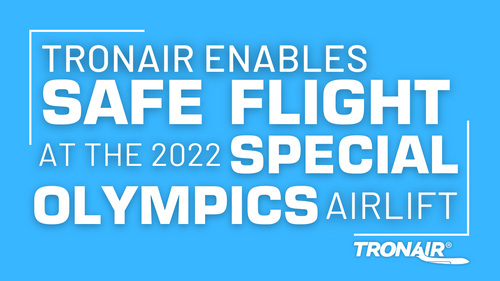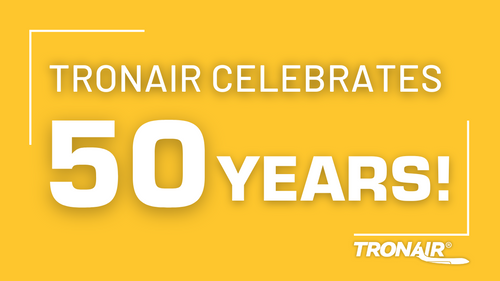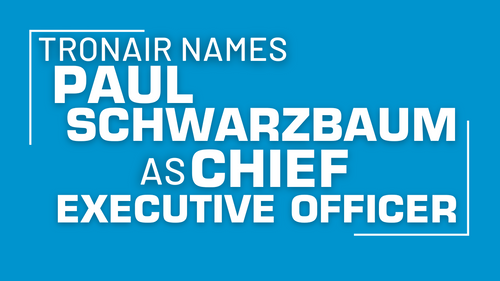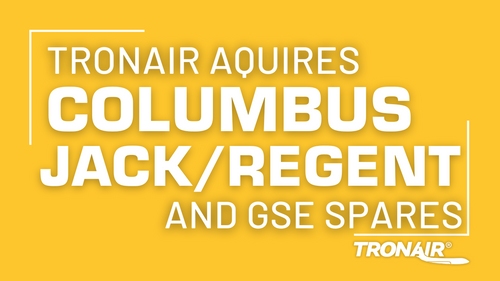
Guide to Inspecting and Preventing Types of Aircraft Corrosion
Resources & Technical ArticlesAircraft corrosion is an ongoing challenge for aircraft owners. It can deteriorate the structure of the aricraft and parts, often leading to dangerous hazards and expensive repairs. What's more, there's no real way to reverse corrosion once it sets in. And if left untreated, it can make an aircraft virtually inoperable in just a matter of years.
But, if you take steps to prevent and treat corrosion in a timely manner, you'll be better equipped to stop corrosion from developing in the first place. Keep reading to learn more about the various types of corrosion in aircraft, as well as how to inspect for corrosion and how airplane covers can help. Understand that this is not an exhaustive guide. Always consult the manual or the manufacturer for model-specific instructions.
Types of Corrosion in Aircraft
Corrosion can happen to any type of aircraft in almost any spot. If the protective layer of paint has been removed or damaged in any way, for example, corrosion can occur on the surface of the aircraft itself. But the most damaging types of aircraft corrosion occur most often in the following aircraft parts:
- -Battery components and vent openings
- -Engine frontal areas
- -Wheel wells
- -Landing gear
- -Wing flaps
- -Propellers
Metal propeller corrosion is especially harmful as it can occur on the surface of the blade itself or even within the propeller's hub. Propellers are especially prone to corrosion as they're constantly exposed to harsh, corrosive elements.
In addition, certain aircraft models are often prone to corrosive trouble spots that you should be aware of. You should always refer to the aircraft maintenance manual or manufacturer for model-specific information regarding aircraft corrosion control.
How to Inspect for Aircraft Corrosion
As with most repairs, the sooner you detect aircraft corrosion, the better. This is why it's so important to conduct frequent inspections and repairs of aircraft, as well as regular aircraft propeller maintenance. Regular and frequent inspections will allow you to treat and remove visible corrosion before it causes any real damage.
Start by thoroughly cleaning the aircraft so you don't miss any telltale signs of corrosion. Each daily or preflight inspection should include a check of all accessible areas and components of the aircraft for any signs of damage or corrosion. Typical visible warning signs include the following:
- -Gray or white powder deposits on aluminum
- -Rust-colored deposits and/or stains on steel
In addition to a visual inspection, you'll want to feel along the aircraft to see if you can detect any blisters, bulges or cracks in the paint job. And for areas that aren't visible, utilize angled mirrors, light probes and other visual aids to inspect the area.
Aircraft Corrosion Prevention
As we've previously mentioned, the best way to prevent corrosion is to be proactive and vigilant about inspecting aircraft. If you do this on a regular basis, you'll be better able to catch corrosion in the early stages when you can take preventative measures to delay full-on corrosion. Whether or not you've discovered signs of corrosion, the following are some ways in which you can help protect aircraft from corrosive elements.
Treat The Corrosion Quickly
If you have, in fact, found signs of corrosion, you'll want to treat it quickly. If it's superficial and just on the surface, you can typically sand it down using an abrasive material. Then, treat the spot with an anti-corrosion product and a protective layer of paint. If, however, the corrosion spot is too severe, the corroded component should be removed and replaced by a skilled maintenance technician.
Ensure Windows & Doors Are Sealed
By regularly checking for sealed windows and doors, you'll help prevent moisture from getting inside and causing irreparable damage to the interior of the aircraft.
Wash The Aircraft Thoroughly & Often
On a regular basis, you should be cleaning and rinsing aircraft, especially after long flights. This will help to remove any corrosion-producing agents that may have found their way onto the aircraft. Pay special attention to every crevice and to any corrosion-prone areas, using corrosion inhibitor products when needed. And be sure to wipe surfaces dry after rinsing the aircraft.
Treat Chipped Paint
Paint isn't just for aesthetics. It also provides a layer of protection against aircraft corrosion. If you see small chips in the paint job, you can simply touch them up with paint. But if there's more extensive damage, you should hire a professional. This will ensure you're properly preventing trapped moisture and further exposure to corrosion.
Hangar Aircraft
Where you store aircraft can have a massive impact on the amount of corrosion you'll have to deal with. To better protect aircraft from the elements, keep them in a hangar or under a covered structure. And if a hanger isn't available, you will need to use aircraft covers.
As moisture is the most common cause of corrosion, if aircraft are stored in more coastal environments, you will need to take extra precautions. If possible, try to base the aircraft in a dry climate. If this is not possible, be extremely vigilant about inspecting and conducting aircraft corrosion treatment.
Utilize Aircraft Covers
It's important to use quality aircraft covers, whether or not you're able to use a hanger for storage. Propeller covers and aircraft covers are a reliable way to protect and secure aircraft when in storage. They help to shield the aircraft from the elements, thereby increasing its overall lifespan. Covers are available for most external components of the aircraft, from the engine intake to the outflow valves.
Aircraft corrosion should be taken seriously and addressed quickly. With the proper precautions and inspections, corrosion can be delayed and controlled. In addition to routine inspections, you should always follow the aircraft manufacturer's recommended maintenance schedule. For more information and additional tips on identifying corrosion, review the FAA Advisory Circular.
Prevent Aircraft Corrosion with the Help of Tronair
Knowing the signs and types of corrosion in aircraft is important, but without the right tools, you won't be able to prevent it. At Tronair, we work hard to provide our customers with only the highest quality, most durable products on the market, and we'll help you find what you need to combat aircraft corrosion. Browse our diverse and unparalleled selection of aircraft covers, ground support equipment and more. With over 100 years of experience, you can rely on us to help you find the right solution — every time. If you have a question or need additional information about any of our products, contact us today.
























